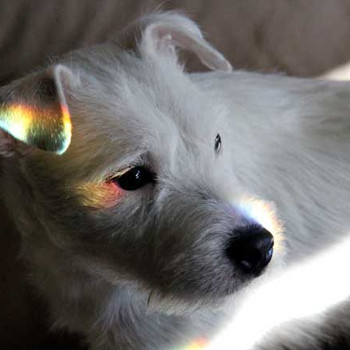Given the chemical equation "N"_2("g") + "3H"_2("g")"rarr"2NH"_3("g")", how many moles of "NH"_3" can be produced if "10. mol H"_2" reacts completely with nitrogen?
2 Answers
You will get 6.7 mol of NH₃.
The chemical equation is N₂ + 3H₂ → 2NH₃.
This tells you that 3 mol of H₂ give 2 mol of NH₃. So,
Start with the balanced equation, which you have.
From the balanced equation, we can see that the mole ratio of
Two Mole Ratio Conversion Factors
We want to know how many moles of ammonia can be produced from 10. moles of hydrogen. We need to multiply 10. moles



